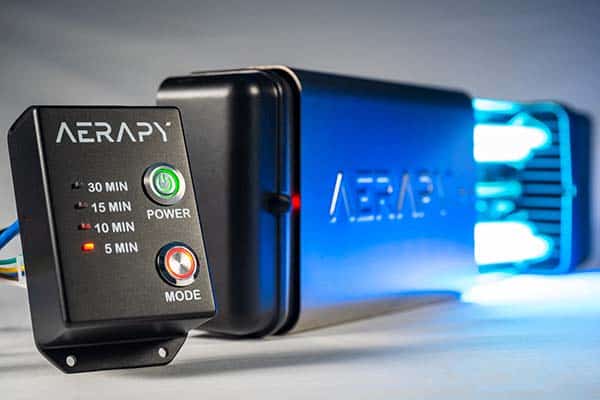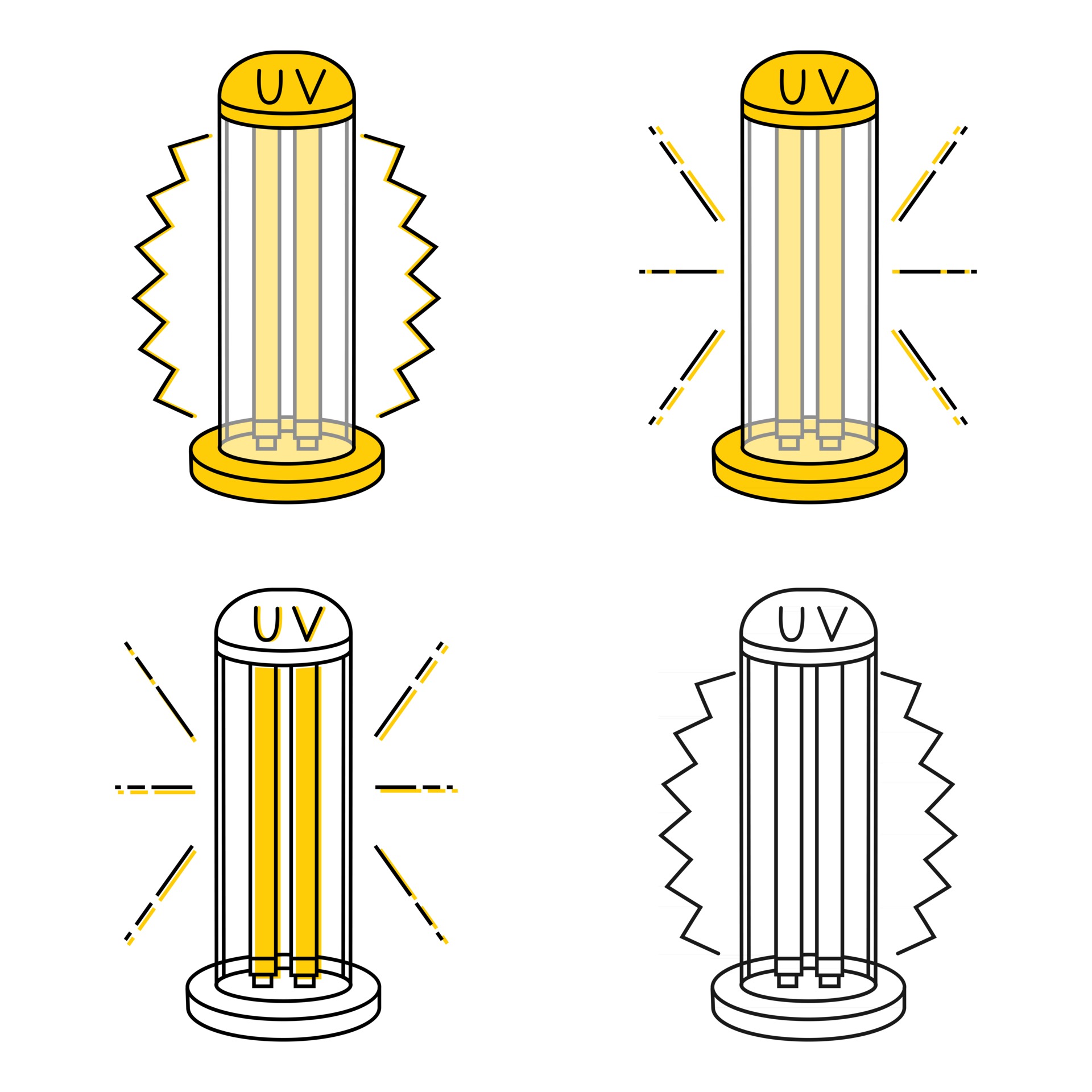Harnessing the Possible of UV Sanitation: Safeguarding Wellness and Health
UV sanitation, a technology commonly made use of in various markets, has actually confirmed reliable in removing damaging virus. From understanding the mechanisms at play to executing this modern technology in our day-to-day lives, this discussion intends to lose light on the potential of UV sanitation and its duty in safeguarding our health and wellness and hygiene.
Comprehending UV Sanitation
UV sanitation is a highly effective and widely utilized technique for getting rid of unsafe pathogens and ensuring health and wellness and hygiene. This method uses ultraviolet (UV) light to inactivate bacteria by harming their DNA and preventing them from reproducing. UV disinfection is particularly reliable versus microorganisms, infections, and various other microorganisms that can cause diseases and infections.
The concept behind UV sanitation is straightforward yet effective. When UV light is sent out at a details wavelength, it penetrates the microorganism's cell wall surface and interrupts its genetic material. This procedure, referred to as photodissociation, leads to the formation of thymine dimers, which prevent the microbe from replicating and making it safe. UV disinfection can be applied in numerous settings, including water therapy plants, health care facilities, food handling markets, and air purification systems.
Among the advantages of UV sanitation is its capability to efficiently and efficiently remove a wide variety of virus without the requirement for ingredients or chemicals. Unlike other sanitation methods, such as chlorine or ozone, UV disinfection does not present unsafe spin-offs or chemical residues into the setting. In addition, UV sanitation is a non-contact process, which suggests that it does not need physical call with the bacteria, minimizing the danger of cross-contamination.

The Science Behind UV Disinfection
The performance of UV disinfection exists in its capacity to interrupt the hereditary product of microorganisms, making them incapable to duplicate and therefore eliminating their dangerous possibility. UV, or ultraviolet, radiation is a form of electro-magnetic radiation with wavelengths much shorter than noticeable light. It is categorized into 3 kinds: UV-C, uv-b, and uv-. UV-C radiation, particularly, has the quickest wavelength and the highest possible energy. This high-energy UV-C radiation is most efficient in sanitation applications due to the fact that it can pass through the cell wall surfaces of bacteria and damage their DNA or RNA.
When bacteria are subjected to UV-C radiation, the energy is taken in by their genetic material, causing bonds to break and forming chain reactions that disrupt their ability to replicate. This stops the bacteria from spreading out and duplicating infection. UV disinfection is particularly efficient versus infections, microorganisms, and fungi, including usual virus such as Escherichia coli, Salmonella, and Influenza.
The science behind UV sanitation is supported by comprehensive research and researches. It has actually been shown that direct exposure to an adequate dosage of UV-C radiation can accomplish a high level of sanitation, usually going beyond 99.9% efficacy in eliminating bacteria. However, it is necessary to keep in mind that the effectiveness of UV disinfection depends on various elements, consisting of the intensity of UV-C radiation, direct exposure time, distance from the UV resource, and the sensitivity of the bacterium to UV radiation.
Applications of UV Disinfection
Offered the comprehensive study and efficacy of UV sanitation in disrupting the genetic product of microorganisms, it is vital to explore the different practical applications of this innovation. UV sanitation has shown to be an important device in a wide variety of sectors where maintaining a clean and secure atmosphere is essential.
One major image source application of UV sanitation remains in healthcare settings. UV light can be utilized to decontaminate surface areas, equipment, and even the air in medical facilities and clinical centers. This helps to decrease the danger of healthcare-associated infections and makes sure a more secure environment for clients and health care workers.
Another crucial application is in the food and drink sector. UV sanitation is made use of to deal with water and eliminate damaging microorganisms, such as E. coli and Salmonella, from the manufacturing procedure. uv surface disinfection. This makes certain the safety and quality of the products we consume
UV sanitation is also widely used in water treatment plants and wastewater treatment centers. It is a reliable approach for damaging harmful bacteria, infections, and bloodsuckers that can be existing in water sources. This aids to offer risk-free and clean drinking water to communities and protect the environment from air pollution.
Additionally, UV sanitation is used in the pharmaceutical market to sterilize devices and maintain the stability of items. It is also made use of in labs and research study facilities to avoid contamination and guarantee exact outcomes.
Benefits of UV Sanitation Modern Technology
One remarkable benefit of using UV disinfection innovation is its ability to effectively remove microorganisms without using extreme chemicals. This is specifically helpful in numerous settings, such as healthcare facilities, water therapy plants, and food handling markets, where the presence of hazardous virus presents a considerable risk to public wellness and safety and security.
Unlike standard sanitation approaches that count on chemicals like chlorine or ozone, UV sanitation modern technology uses ultraviolet light to target and destroy the DNA of microorganisms, successfully neutralizing their capability to recreate and create infections. This process not just eliminates the demand for potentially unsafe chemicals yet likewise reduces the danger of chemical deposit or by-products continuing to be in the treated setting.

Moreover, UV sanitation technology is eco-friendly. As it does not depend on making use of chemicals, it removes the demand for their transport, disposal, and production, reducing the overall carbon footprint connected with disinfection processes. Furthermore, UV disinfection systems have a longer life expectancy compared to chemical-based methods, leading to less frequent replacement and further reducing waste.
Executing UV Disinfection in Every Day Life
To successfully execute UV disinfection in daily life, companies and individuals can integrate portable UV sterilizing devices right into their health regimens and cleansing practices. These gadgets are made to produce ultraviolet light, which has actually been shown to kill or read here suspend a vast array of bacteria, including microorganisms, fungis, and infections. By utilizing portable UV sanitizing tools, individuals can decontaminate generally touched items and surface areas, such as cellular phone, secrets, doorknobs, and laptop computers, decreasing the threat of spreading bacteria and infections.
In addition to incorporating mobile UV sanitizing gadgets, it is necessary to adhere to proper standards and recommendations for efficient UV sanitation. This includes making certain that the tool is used appropriately and for the recommended duration to attain optimal sanitation results. It is also critical to prioritize security measures, such as putting on protective eyeglasses and staying clear of direct exposure of the UV light to the skin.

In addition, companies can carry out UV disinfection innovation in various settings to enhance health techniques. Medical facilities and healthcare centers can utilize UV sanitation robots to sanitize person spaces, operating theaters, and various other high-touch areas. Food handling markets can integrate UV sanitation systems into their manufacturing lines to improve food safety and security and stop contamination.
Conclusion
In final thought, UV sanitation technology holds excellent possible in safeguarding health and wellness and health. With its countless benefits, UV disinfection is a valuable tool for preserving a healthy and balanced and tidy environment.
Unlike other disinfection techniques, such as chlorine or ozone, UV sanitation does not introduce unsafe by-products or chemical residues right into the atmosphere. It is vital to keep in mind that the performance of UV disinfection depends on various aspects, consisting of the strength of UV-C radiation, direct exposure time, range from the UV resource, and the sensitivity of the microorganism to UV radiation.
Another advantage of UV disinfection technology is its ability to offer fast and constant disinfection. Unlike manual cleaning methods, which can be time-consuming and require significant labor, UV disinfection systems can be automated and run continually, ensuring consistent sanitation without human treatment.To successfully carry out UV disinfection in daily life, companies and people can incorporate portable UV disinfecting tools right into their hygiene routines and cleansing methods.